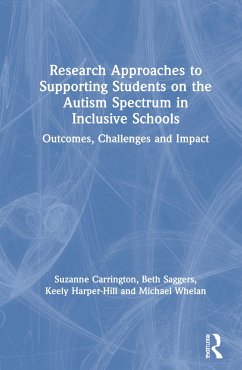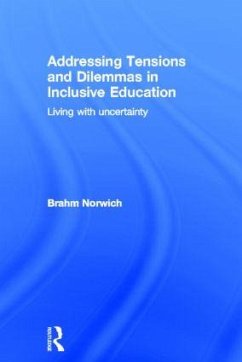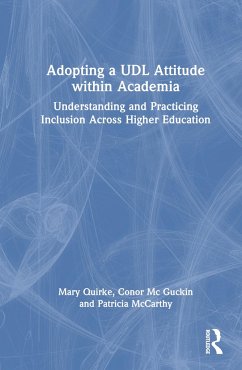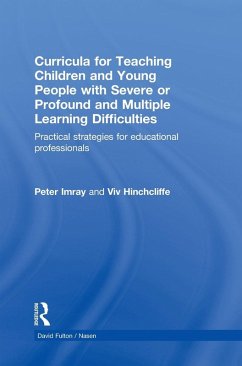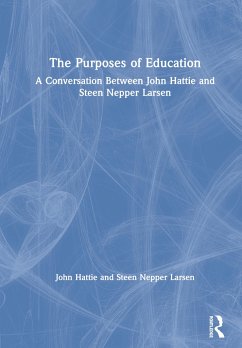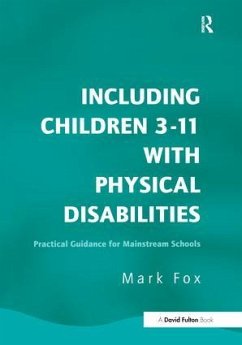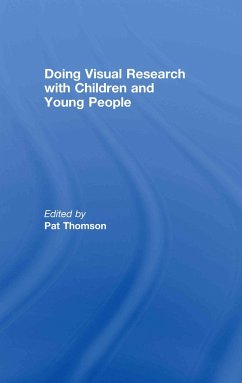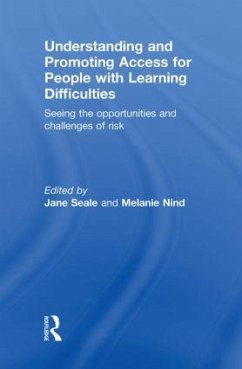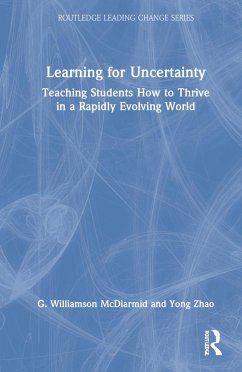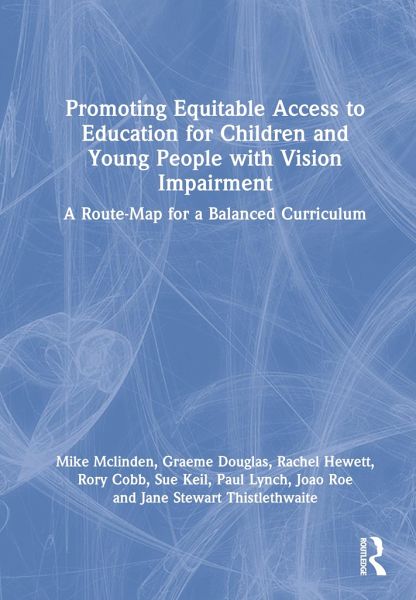
Promoting Equitable Access to Education for Children and Young People with Vision Impairment
A Route-Map for a Balanced Curriculum
Versandkostenfrei!
Versandfertig in 1-2 Wochen
168,99 €
inkl. MwSt.
Weitere Ausgaben:

PAYBACK Punkte
84 °P sammeln!
Promoting Equitable Access to Education for Children and Young People with Vision Impairment offers a suitable vocabulary and developmental route map to examine the changing influences on promoting equitable access to education for learners with vision impairment in different contexts and settings, throughout a given educational pathway. Bringing together a wide range of perspectives, this book argues that inclusive educational systems and teaching approaches should focus upon promoting and sustaining a balanced curriculum. It provides an analysis of how a suitable curriculum balance can be pr...
Promoting Equitable Access to Education for Children and Young People with Vision Impairment offers a suitable vocabulary and developmental route map to examine the changing influences on promoting equitable access to education for learners with vision impairment in different contexts and settings, throughout a given educational pathway. Bringing together a wide range of perspectives, this book argues that inclusive educational systems and teaching approaches should focus upon promoting and sustaining a balanced curriculum. It provides an analysis of how a suitable curriculum balance can be promoted and sustained through the stages of a given educational pathway to ensure equitable access and progression for all learners with vision impairment. The authors draw on the United Kingdom as a country study to illustrate the complex ecosystem within which learners with vision impairment are educated. Structured around a framework which provides a conceptually coherent and practical balance between universal and specialist approaches, this book is a relevant read for educators, academics, and researchers involved in vision impairment education as well as officials in government and non-government organisations engaged in developing education policy relating to inclusive education and disability.




